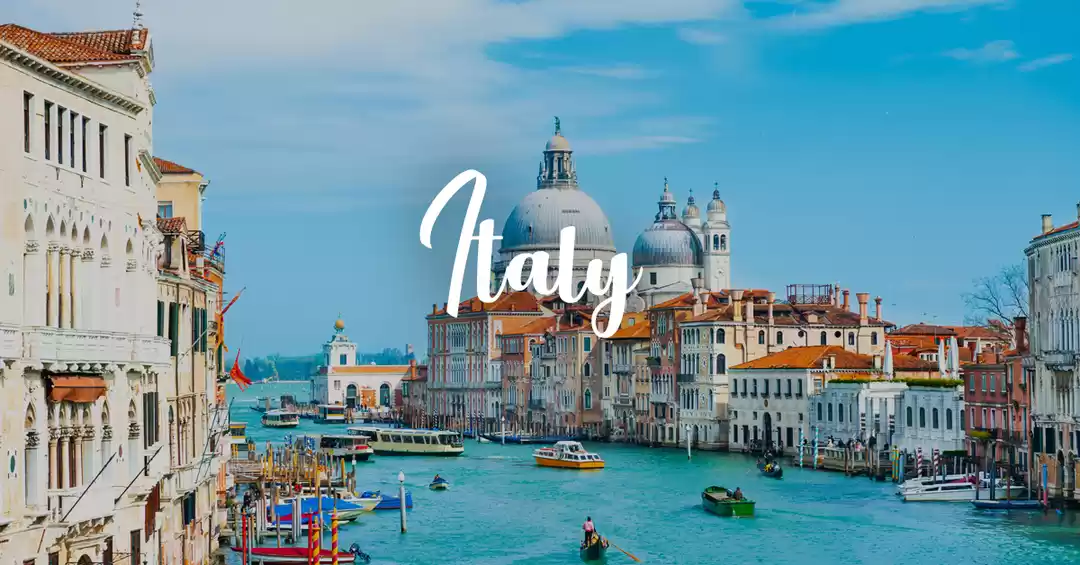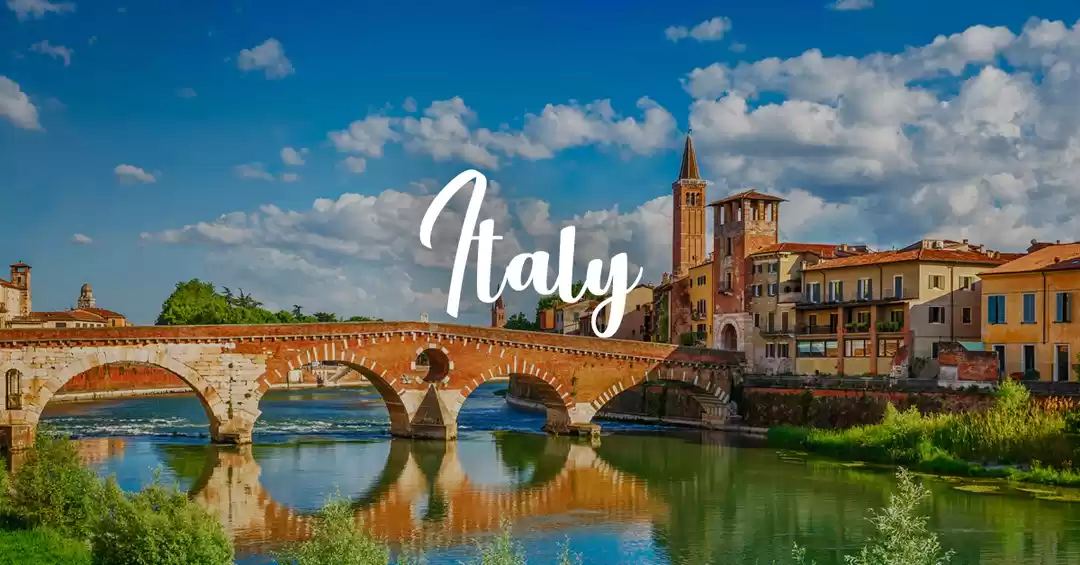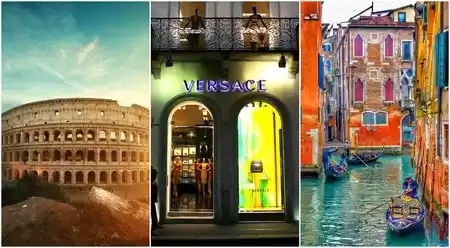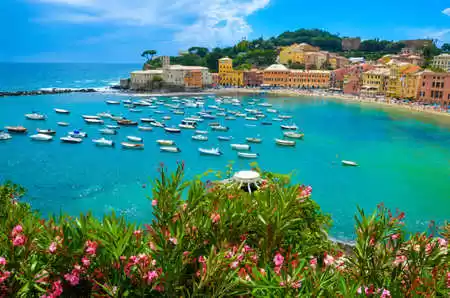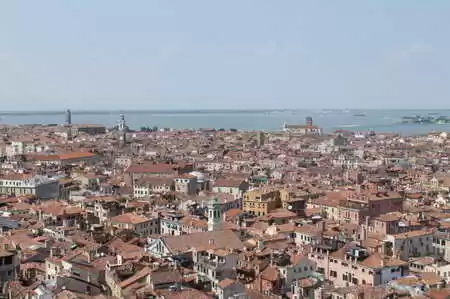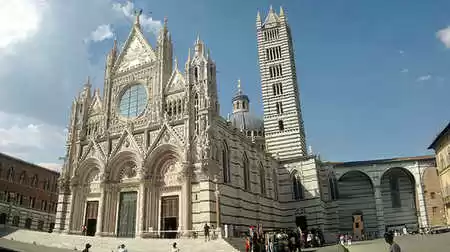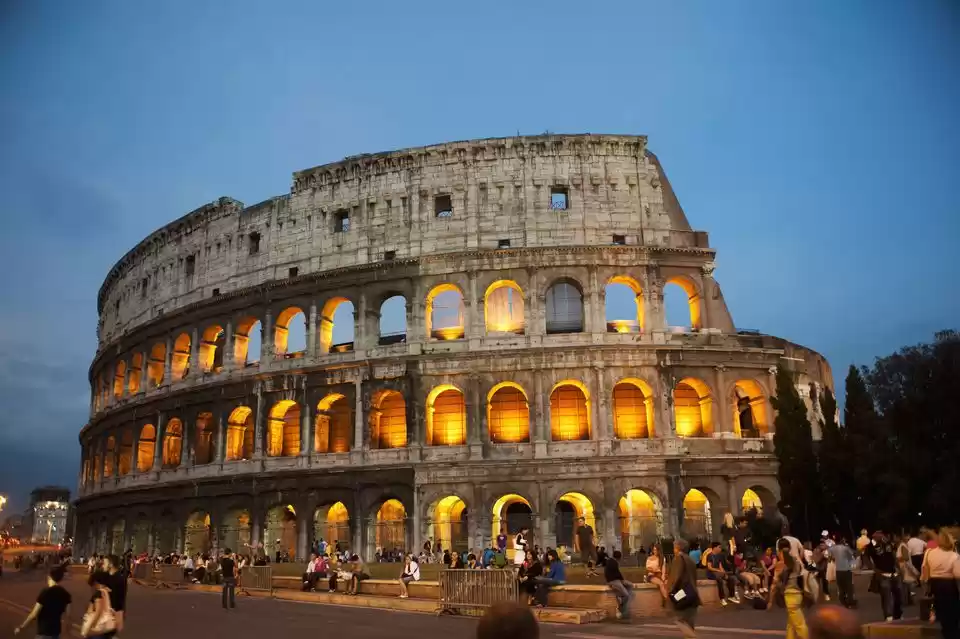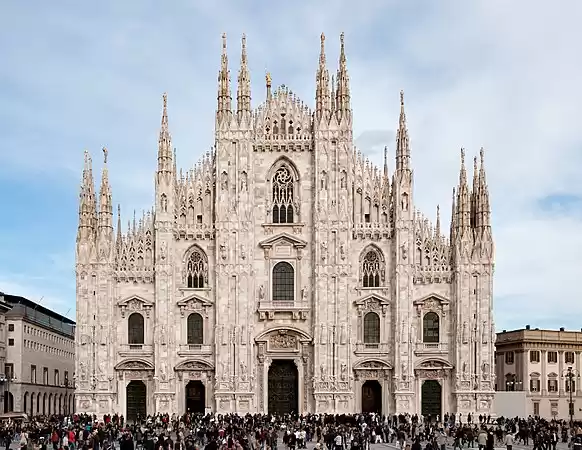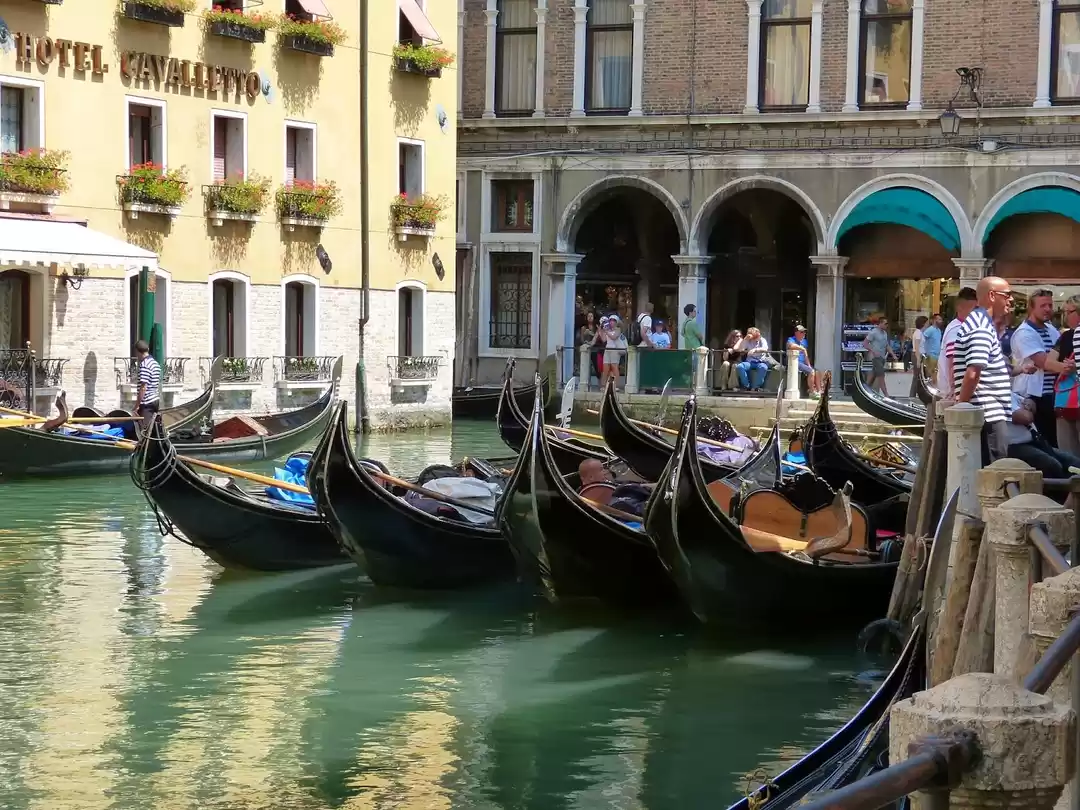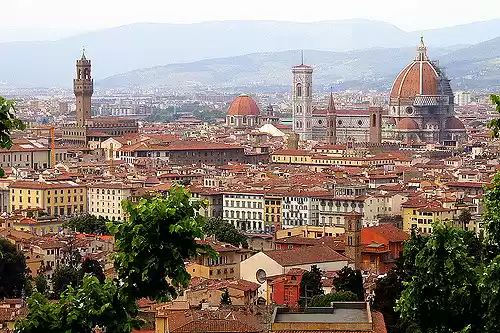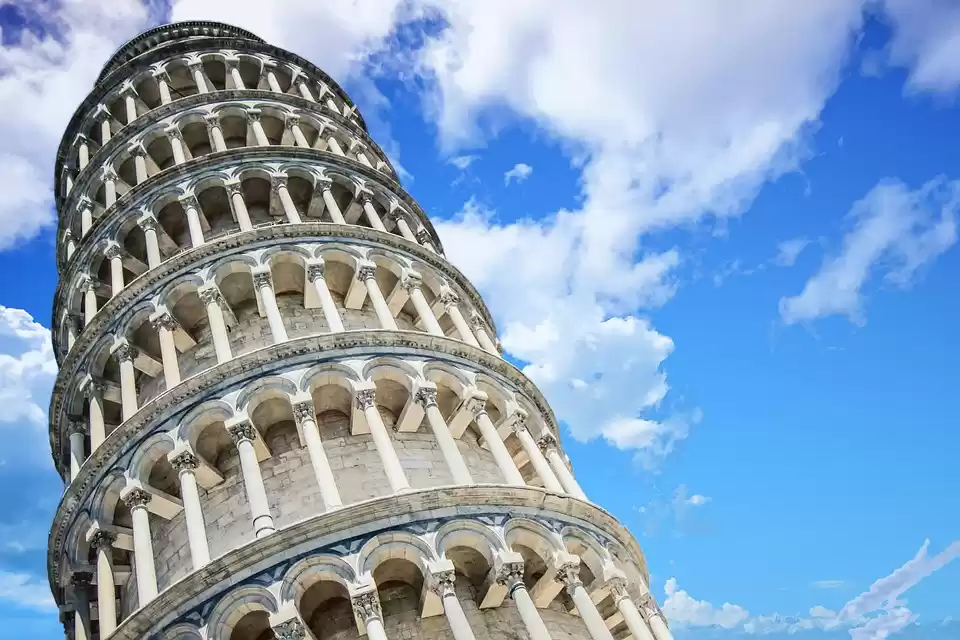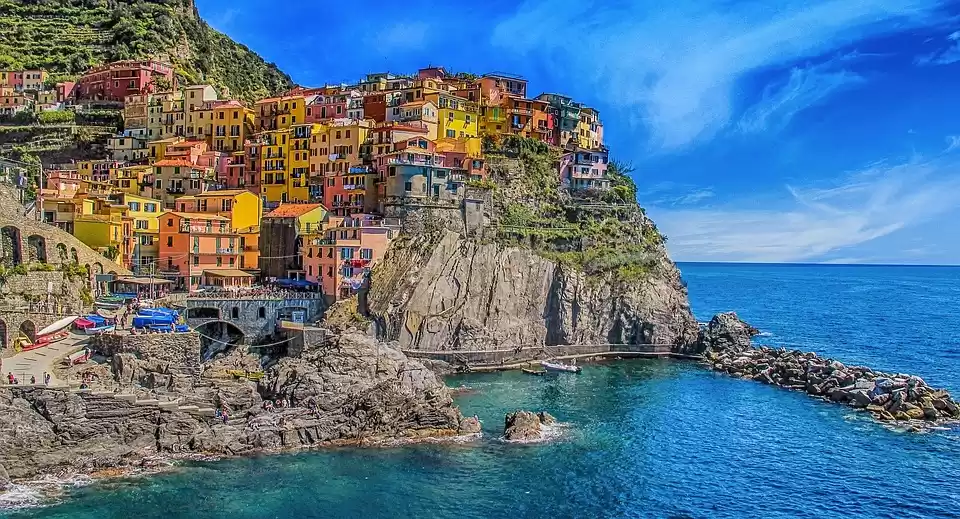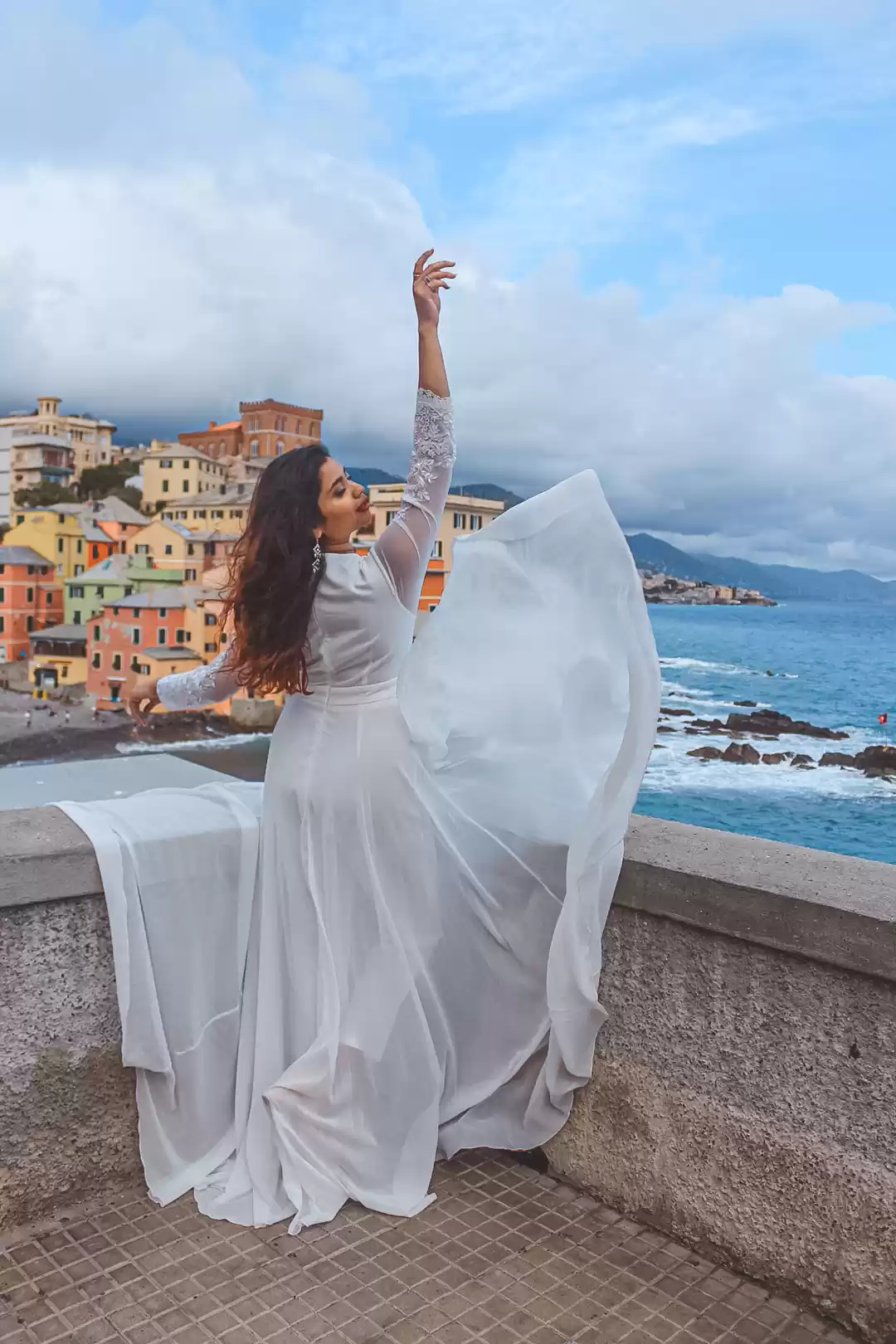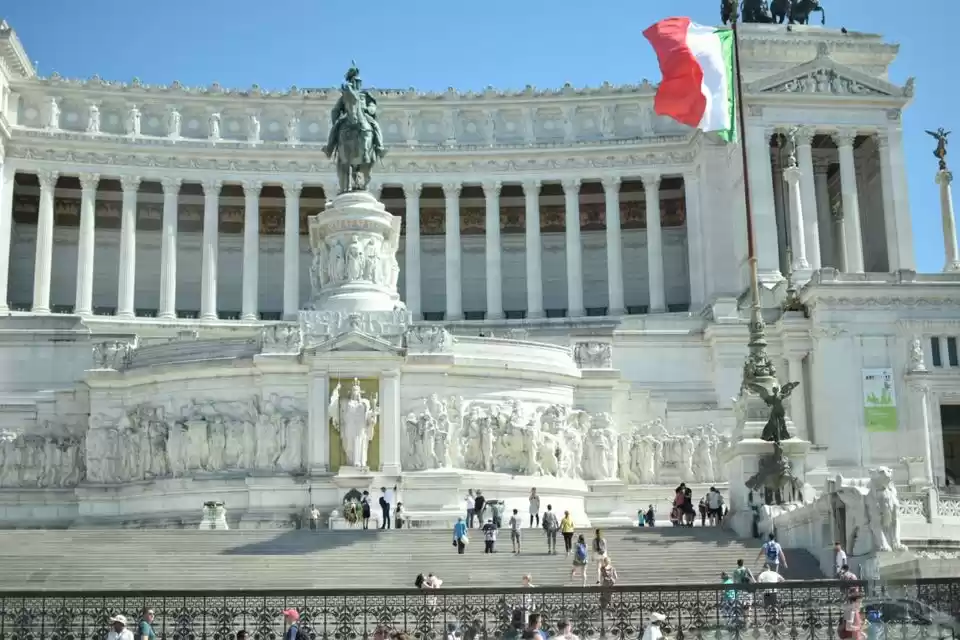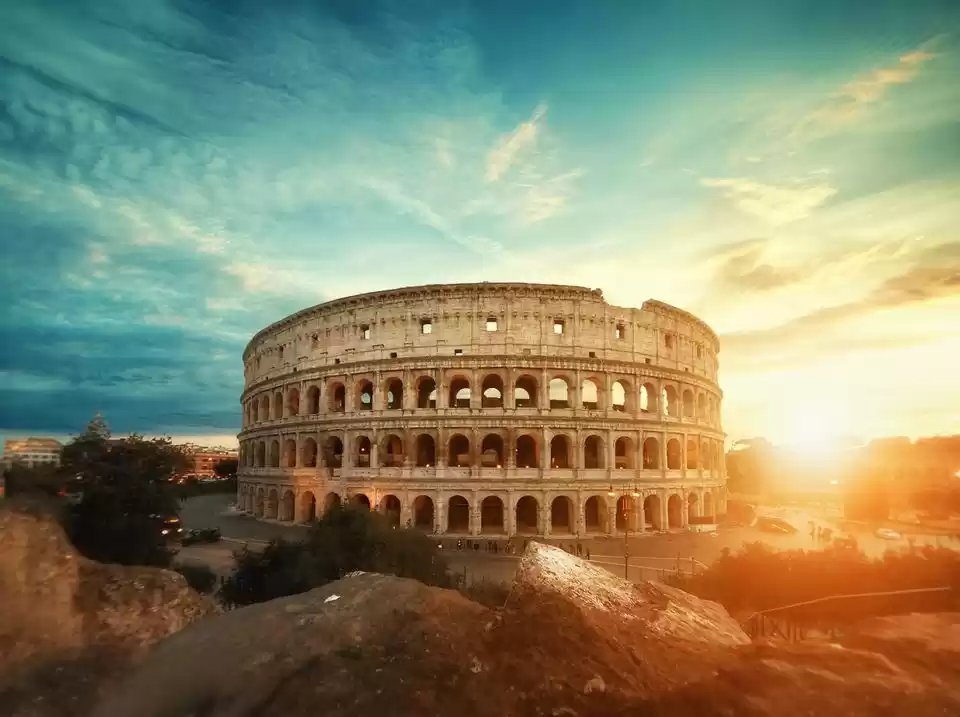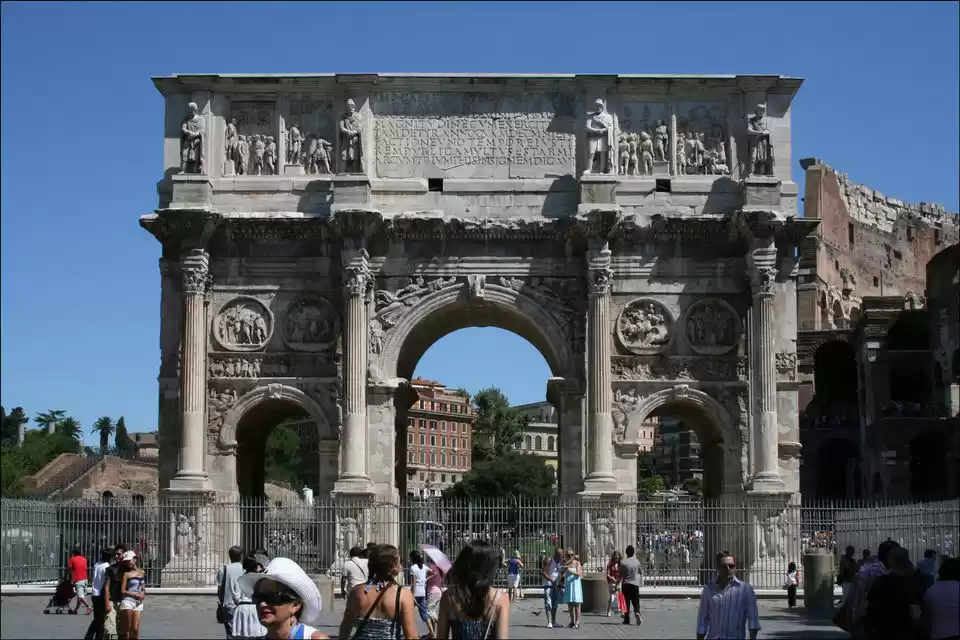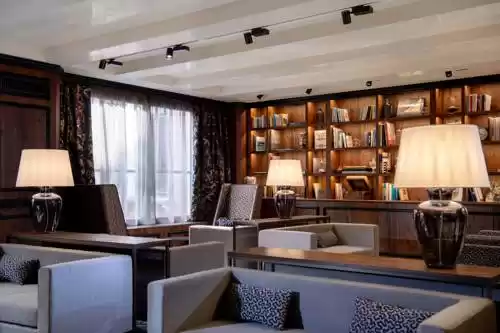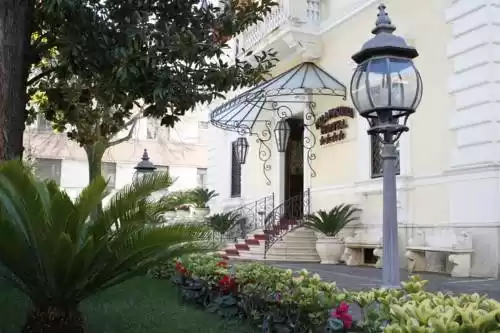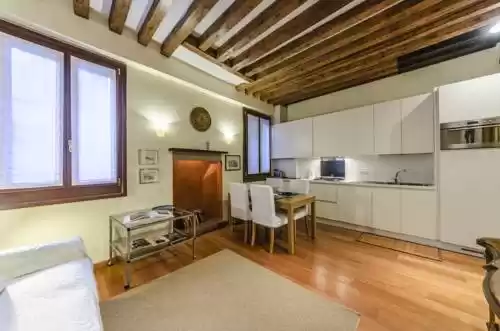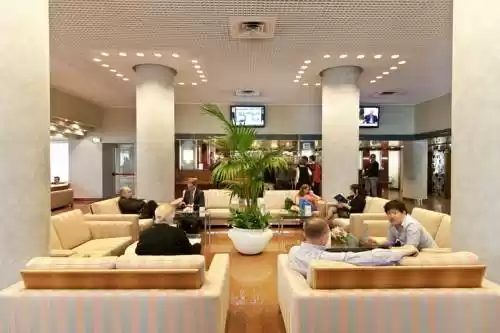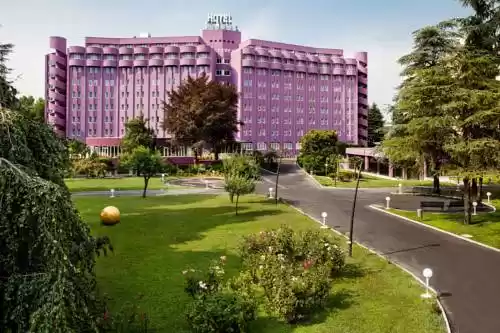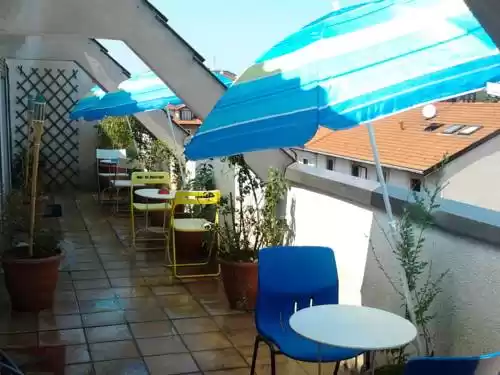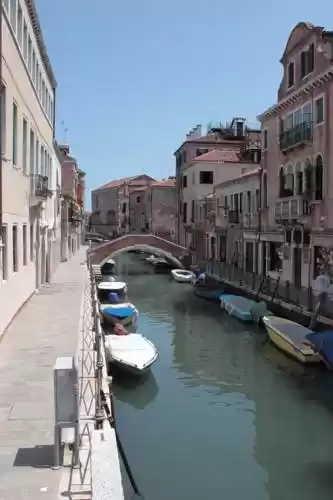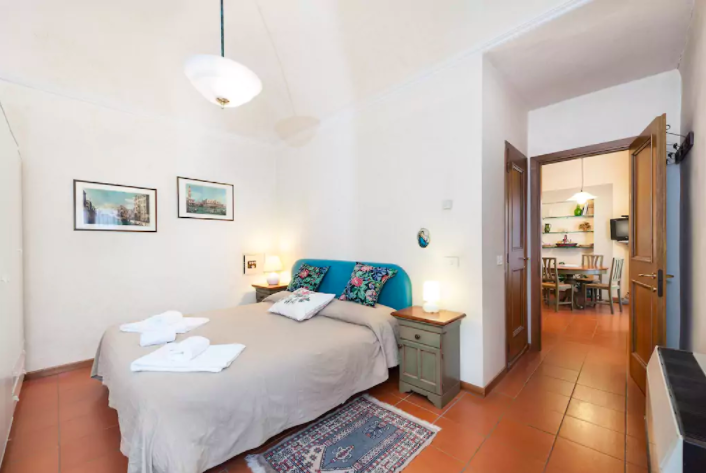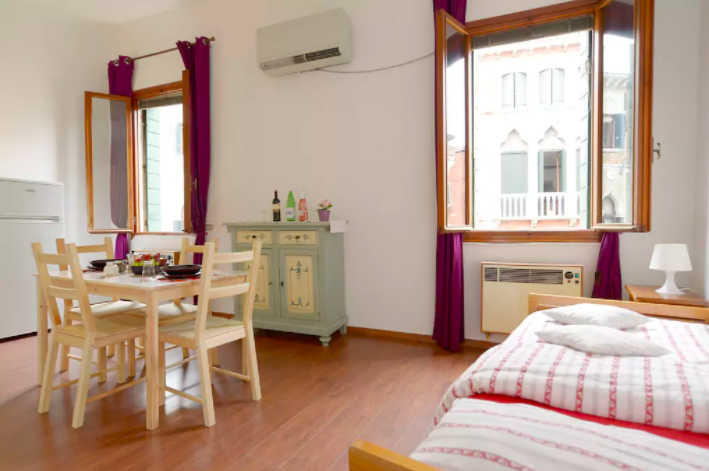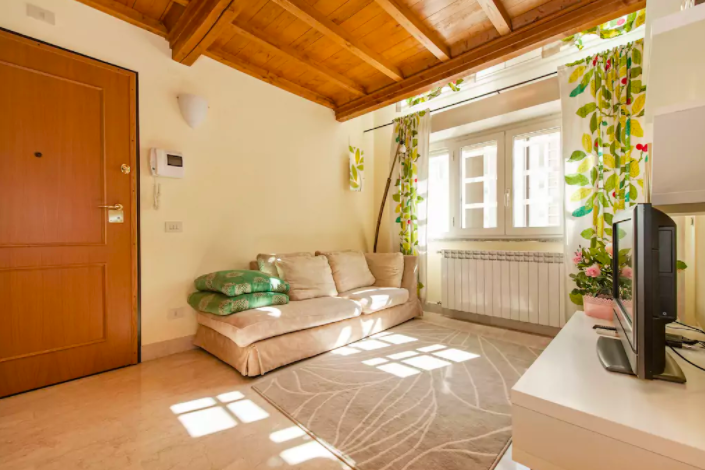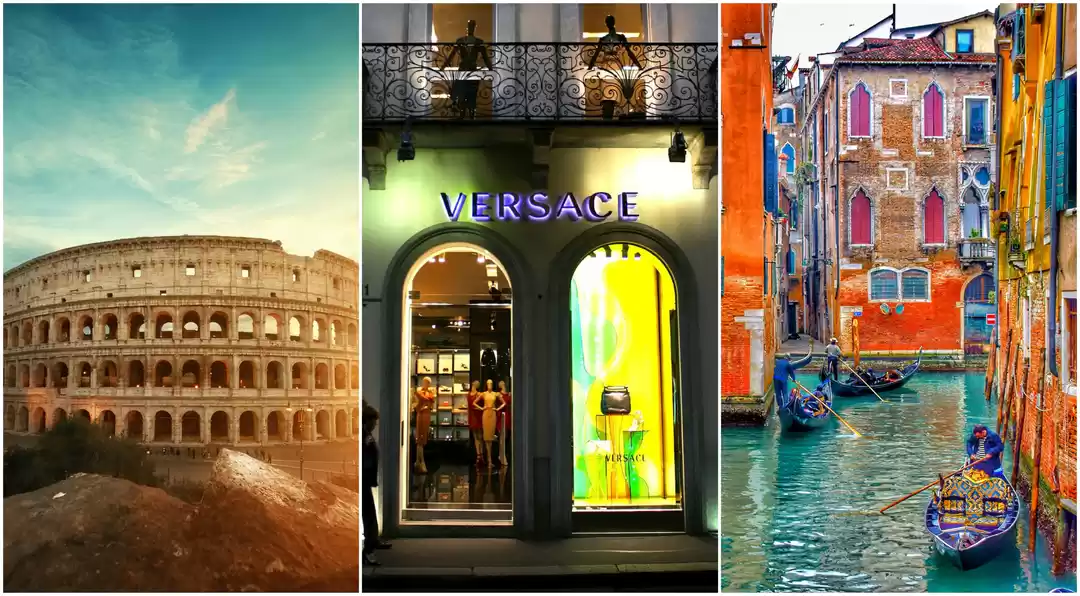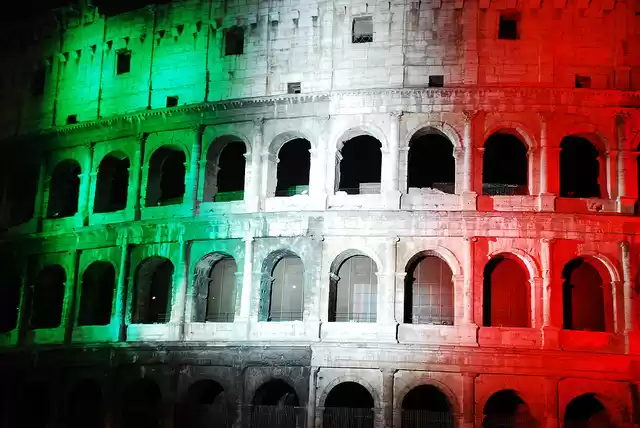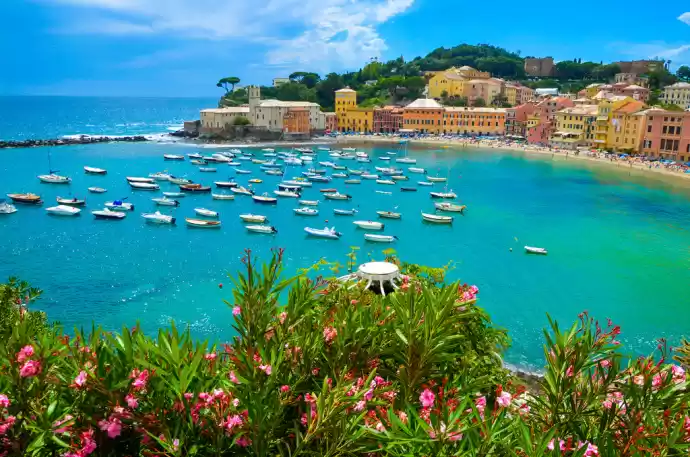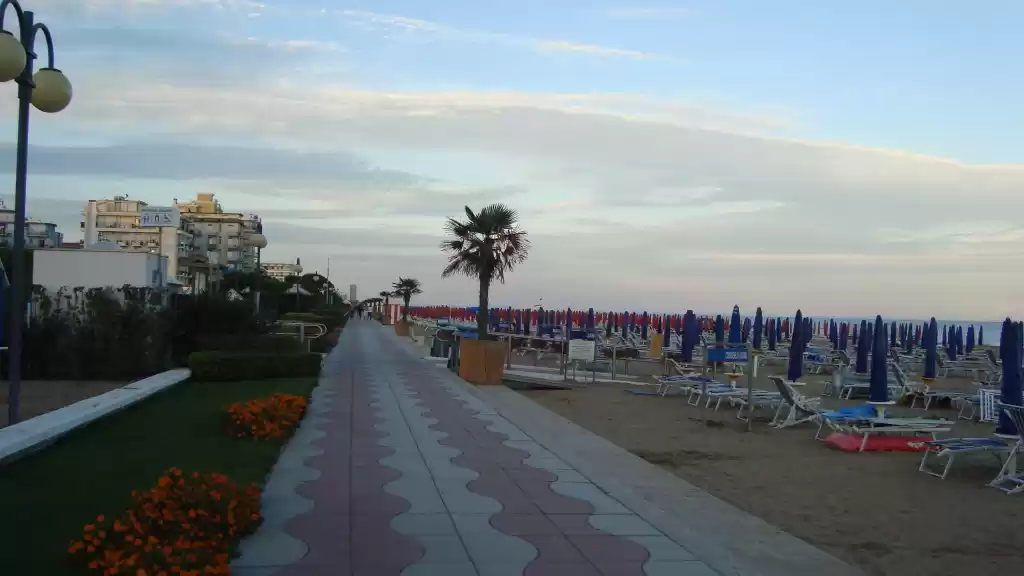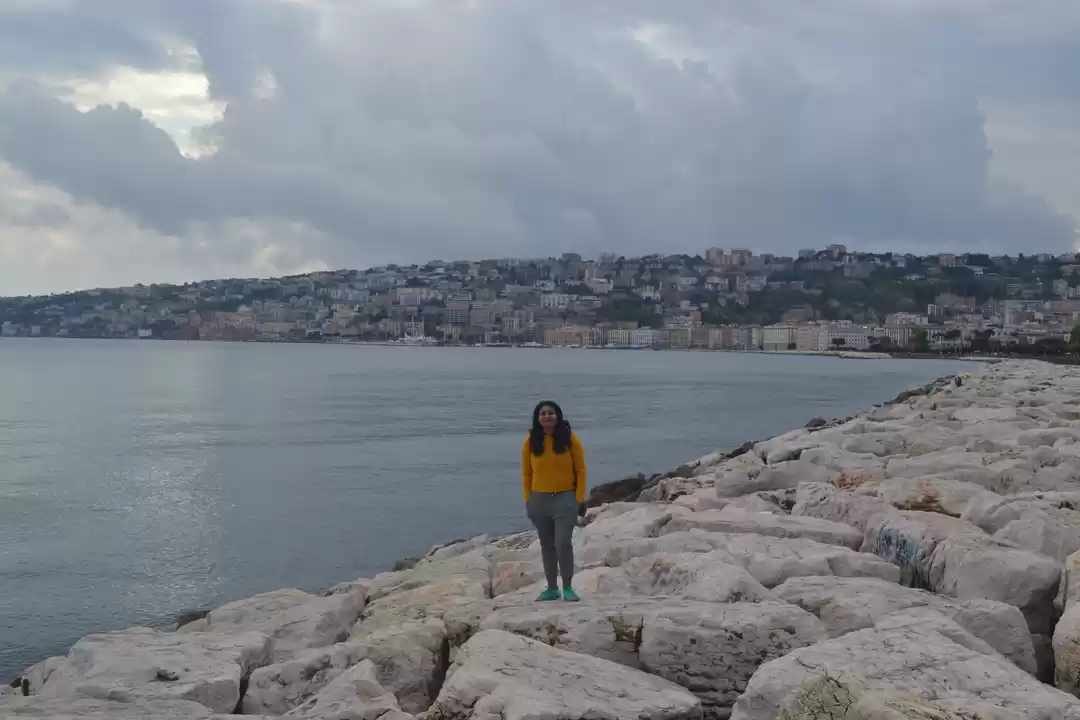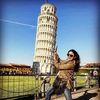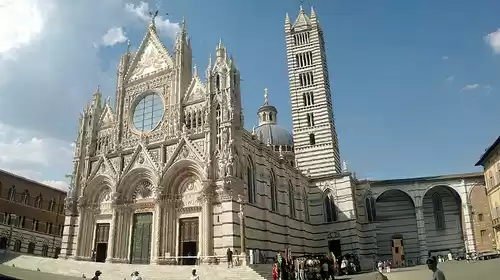Italy Tourism and Travel Guide
Tripoto Recommends: Italy
Editor's Picks For Italy
Itineraries For Italy
Best Mid-Range Hotels In Italy
Best Budget Hotels In Italy
Best Hostels And Homestays In Italy
Travel Videos For Italy
Best Time to Visit Italy
Peak season: July and August are the months when the tourist activity is in full swing. The prices during this period of time are high and the streets are busy.
Shoulder season: April to June and September to October is the period when you can get good deals on accommodation the weather is pleasant during this period which is ideal for outdoor activities.
Off-season: November to March is the time when there is less tourist activity but there are cultural events which take place during these months.
Budget for Italy
For Budget Travellers: INR 3000 - 4000 a day
- Accommodation in hostels and basic rooms in guesthouses: INR 1300-2000
- Food in local cafes and street eateries: INR 700-1000
- Public Transport in metro and buses: INR 130 - 550
- Sightseeing: INR 300 - 500
For Mid-range Travellers: INR 5000 to INR 6000 a day
- Accommodation in mid-range hotels and homestays: INR 2500 - 3500
- Food in mid-range cafes and restaurants: INR 1500 - 2500
- Local transport in subway train and taxis: INR 250 - 500
- Sightseeing & Tours: INR 600 - 1000
For Luxury Travellers: INR 7000 and upwards
- Accommodation in 4* or 5* hotels: INR 5000 and upwards
- Food in upscale restaurants and bars: INR 3000 and upwards
- Local transport in cabs: INR 600 and upwards
Visa Information for Italy
Italian Schengen visa is mostly not required for a visit of up to 90 days or at all for EU nationals, with Italy being a member of the Schenegen Agreement. Indians and some other nationalities need a Italian Schengen visa. There are no border controls for the countries that are a part of the treaty, such as the European Union (except Bulgaria, Croatia, Cyprus, Ireland, Romania, United Kingdom), Iceland, Liechtenstein, Norway and Switzerland.
Citizens of Australia, the USA, Canada, Hong Kong, Israel, Japan, Malaysia, New Zealand, Singapore, South Korea and many Latin American countries do not need visas to visit Italy as tourists for up to 90 days. For tourist visa and other requirements regarding the Italian Visa head, to this website.


